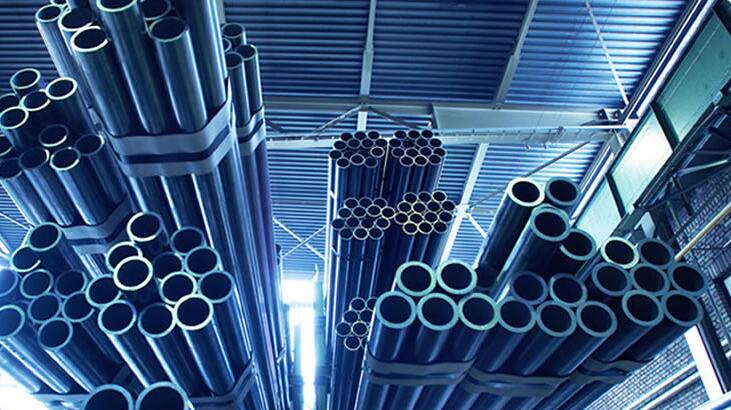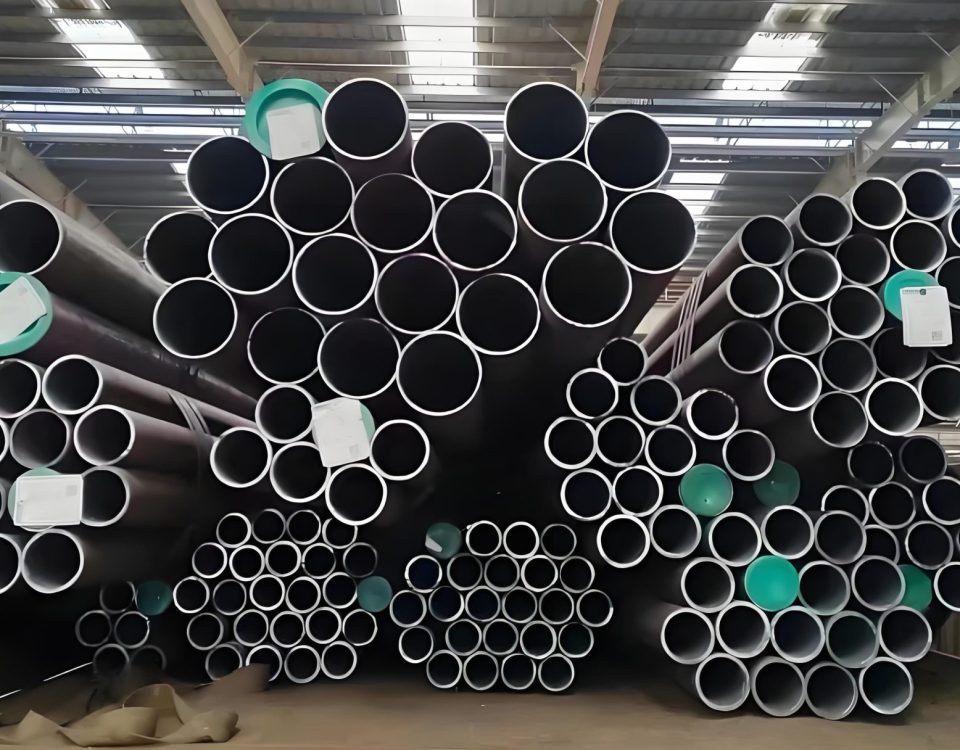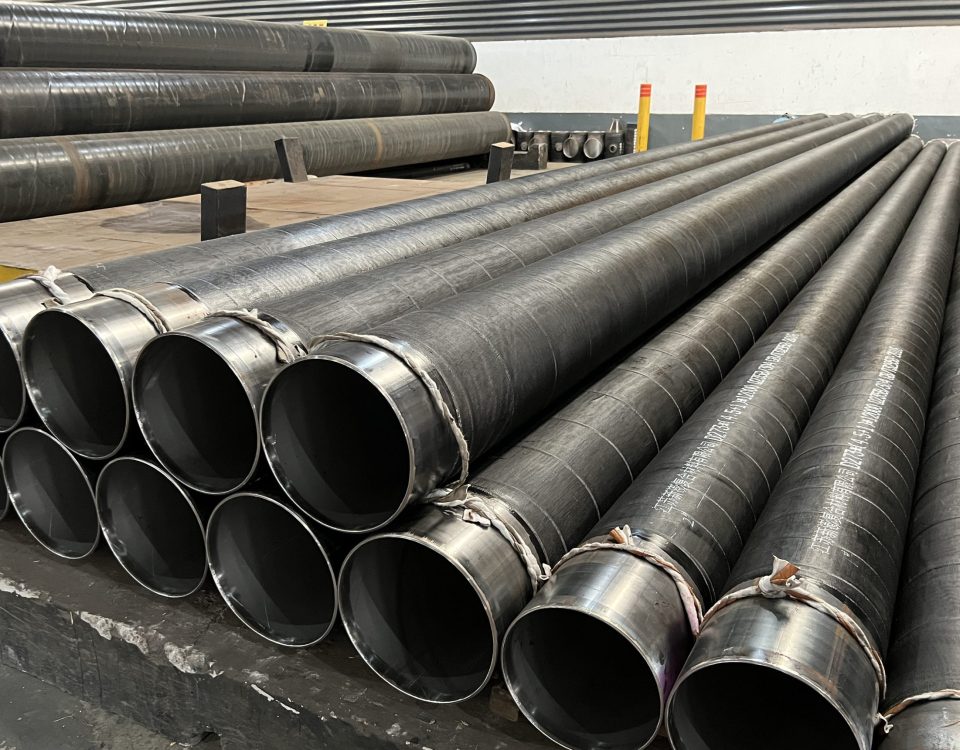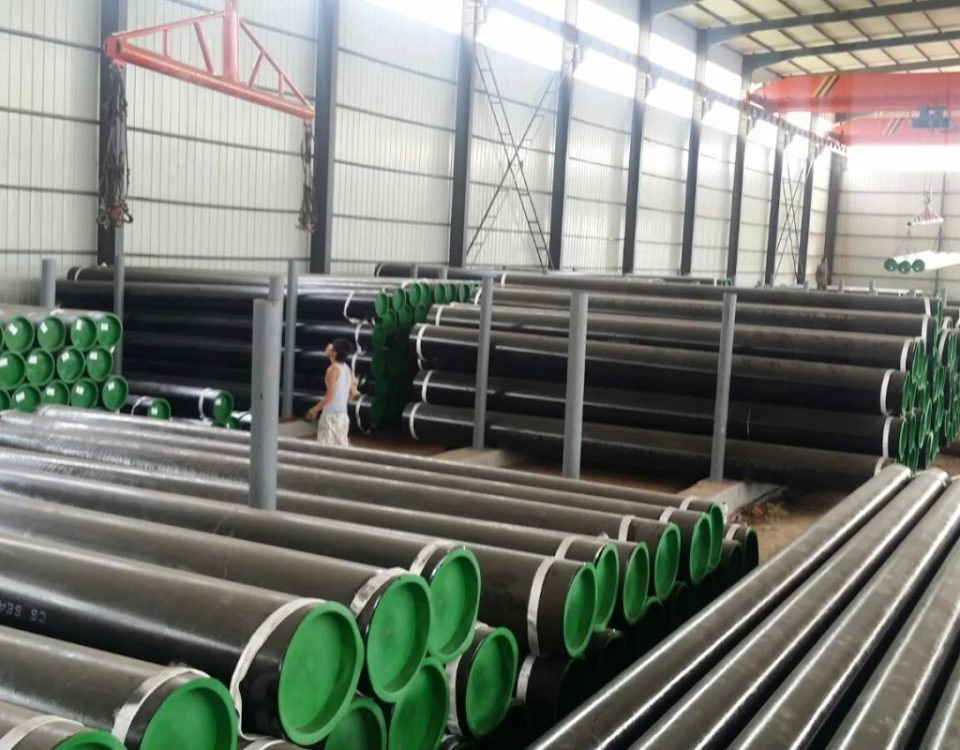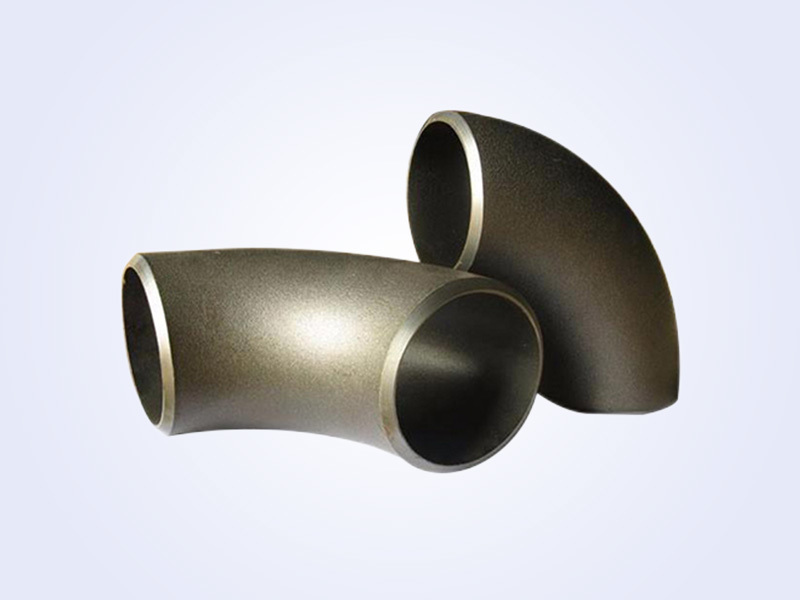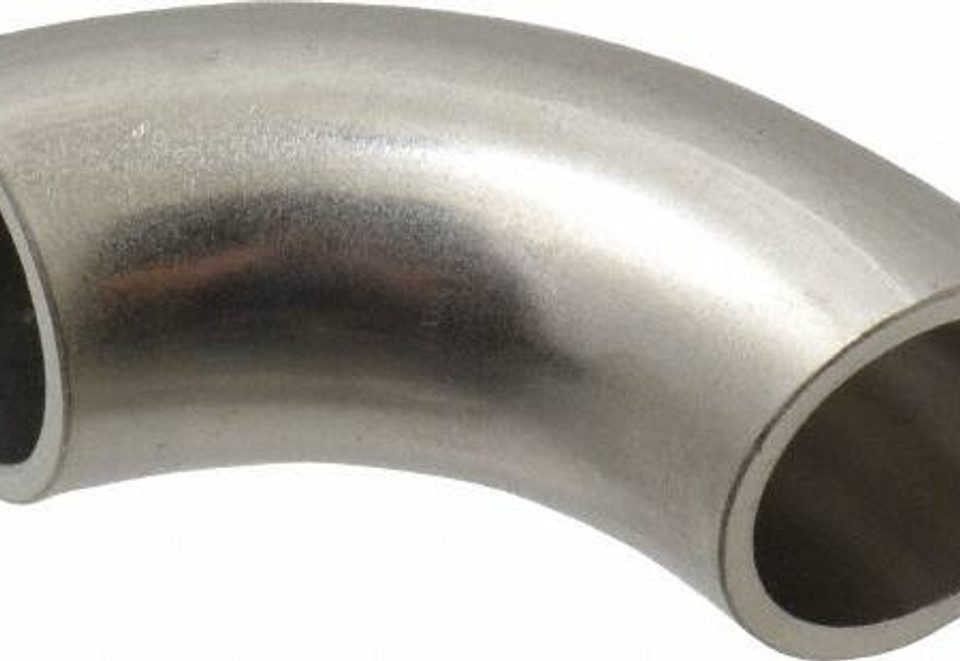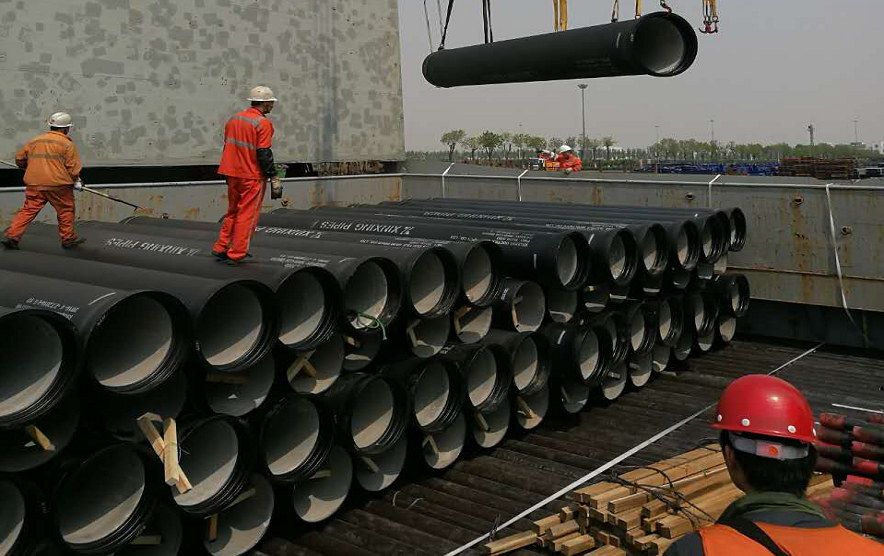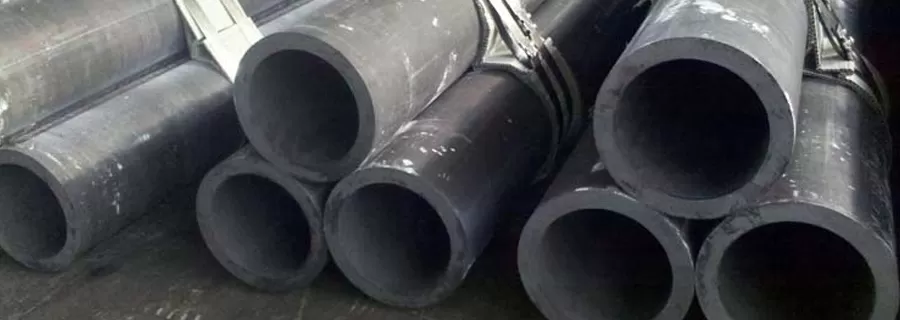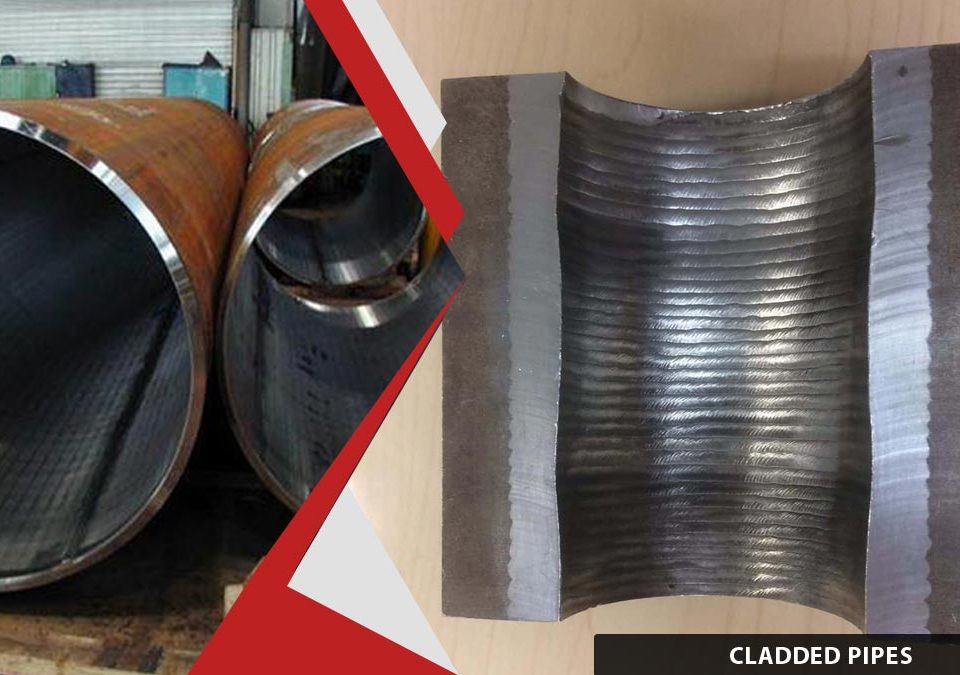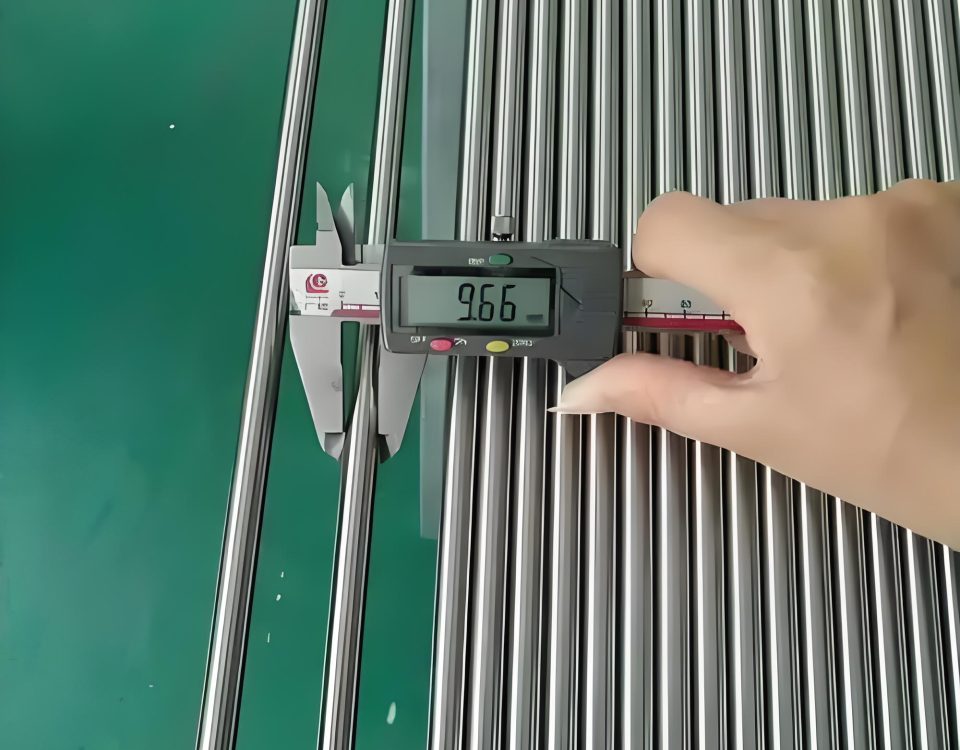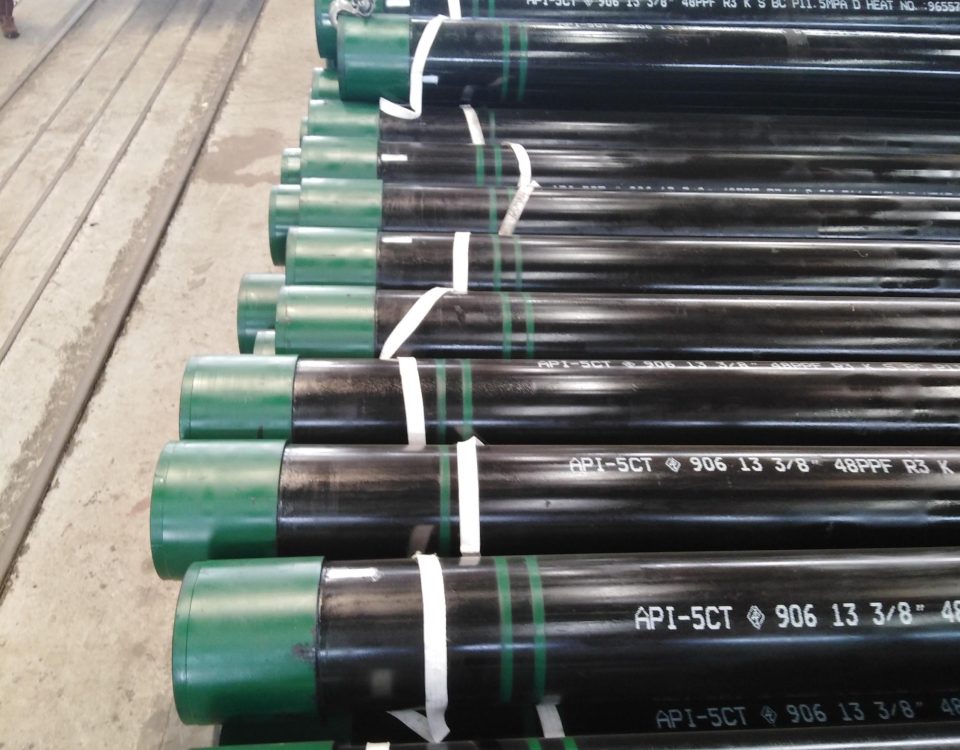
Line pipe manufacturing – Structural Mechanics and Design of Metal Pipes
September 17, 2024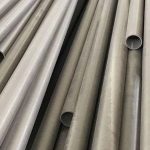
UNS S32750 super duplex stainless steel seamless pipe Study on extrusion process
September 24, 2024Research Progress and Prospects of Key Technologies for High Temperature and High Pressure Resistance Line Pipe Steel and Pipes
Introduction
In the ever-evolving landscape of industrial engineering, the demand for materials that can withstand extreme conditions is on the rise. High temperature and high pressure (HTHP) environments, particularly in the oil and gas sectors, present unique challenges that necessitate advanced materials and innovative technologies. Line pipe steel and pipes designed for these conditions are at the forefront of this technological frontier. This article delves into the research progress and future prospects of key technologies aimed at enhancing the performance of these critical components.
The Need for HTHP Resistant Materials
The exploration and extraction of resources from deeper and more challenging environments have driven the need for materials that can endure extreme temperatures and pressures. Traditional materials often fall short under these conditions, leading to failures that can have catastrophic consequences. As a result, the development of HTHP resistant line pipe steel and pipes has become a focal point for researchers and engineers.
Current Research Progress
1. Advanced Material Development
One of the primary areas of research is the development of advanced materials that can withstand HTHP conditions. This involves the creation of new steel alloys and composites that offer superior mechanical properties.
- High Strength Low Alloy (HSLA) Steels: These steels are engineered to provide enhanced strength and toughness. Research has focused on optimizing the microstructure of HSLA steels through controlled rolling and heat treatment processes. This has resulted in materials that can maintain their integrity under extreme conditions.
- Austenitic Stainless Steels: Known for their excellent corrosion resistance and high-temperature stability, austenitic stainless steels are being refined to improve their performance in HTHP environments. Researchers are exploring the addition of elements like nickel and molybdenum to enhance their properties.
- Composite Materials: The use of composite materials, combining metals with ceramics or polymers, is gaining traction. These materials offer a unique combination of strength, flexibility, and resistance to thermal and mechanical stresses.
2. Coating Technologies
Coatings play a crucial role in protecting line pipes from corrosion and wear, especially in harsh environments. Recent advancements in coating technologies have focused on enhancing the durability and effectiveness of these protective layers.
- Thermal Spray Coatings: This technique involves the application of a molten or semi-molten material onto the pipe surface, creating a protective barrier. Research is focused on developing coatings that can withstand high temperatures and pressures without degrading.
- Nanocoatings: The use of nanotechnology in coatings has opened new avenues for enhancing pipe performance. Nanocoatings offer superior adhesion and resistance to corrosion, making them ideal for HTHP applications.
3. Welding and Joining Techniques
The integrity of line pipes is heavily dependent on the quality of welding and joining techniques. Innovations in this area are crucial for ensuring the reliability of pipes under HTHP conditions.
- Advanced Welding Techniques: Techniques such as laser welding and electron beam welding are being refined to provide stronger and more reliable joints. These methods offer precise control over the welding process, resulting in joints that can withstand extreme stresses.
- Weld Overlay Cladding: This process involves the application of a corrosion-resistant layer over the base material. Research is focused on optimizing the cladding process to improve the bond strength and durability of the overlay.
4. Simulation and Modeling
The use of simulation and modeling tools has become an integral part of the research process. These tools allow researchers to predict the behavior of materials and structures under HTHP conditions, enabling the design of more robust solutions.
- Finite Element Analysis (FEA): FEA is widely used to simulate the mechanical behavior of line pipes under various conditions. Researchers are developing more sophisticated models that account for complex interactions between different material properties.
- Computational Fluid Dynamics (CFD): CFD is used to study the flow of fluids within pipes, helping to optimize the design for better performance under HTHP conditions.
Future Prospects
The future of HTHP resistant line pipe steel and pipes is promising, with several key trends and technologies poised to drive further advancements.
1. Smart Materials and Sensors
The integration of smart materials and sensors into line pipes is an exciting prospect. These technologies can provide real-time monitoring of pipe conditions, allowing for proactive maintenance and reducing the risk of failures.
- Self-Healing Materials: Research is underway to develop materials that can automatically repair small cracks and damages, extending the lifespan of pipes in HTHP environments.
- Embedded Sensors: Sensors embedded within the pipe material can monitor parameters such as temperature, pressure, and corrosion rates, providing valuable data for predictive maintenance.
2. Additive Manufacturing
Additive manufacturing, or 3D printing, is revolutionizing the way materials and components are produced. This technology offers the potential to create complex geometries and tailor material properties to specific applications.
- Customized Pipe Designs: Additive manufacturing allows for the production of pipes with customized designs that optimize performance for specific HTHP conditions.
- Rapid Prototyping: The ability to quickly produce and test prototypes accelerates the development of new materials and technologies.
3. Sustainable and Eco-Friendly Solutions
As environmental concerns continue to grow, the development of sustainable and eco-friendly materials is becoming increasingly important. Researchers are exploring ways to reduce the environmental impact of line pipe production and operation.
- Recyclable Materials: The use of recyclable materials in pipe production can reduce waste and lower the carbon footprint of the industry.
- Green Coatings: The development of environmentally friendly coatings that do not rely on harmful chemicals is a key area of research.
Conclusion
The research and development of high temperature and high pressure resistant line pipe steel and pipes are critical to meeting the demands of modern industry. Advances in material science, coating technologies, welding techniques, and simulation tools are driving progress in this field. Looking ahead, the integration of smart technologies, additive manufacturing, and sustainable practices will shape the future of line pipe design and production. As these technologies continue to evolve, they promise to enhance the safety, reliability, and efficiency of pipelines operating in the most challenging environments.

